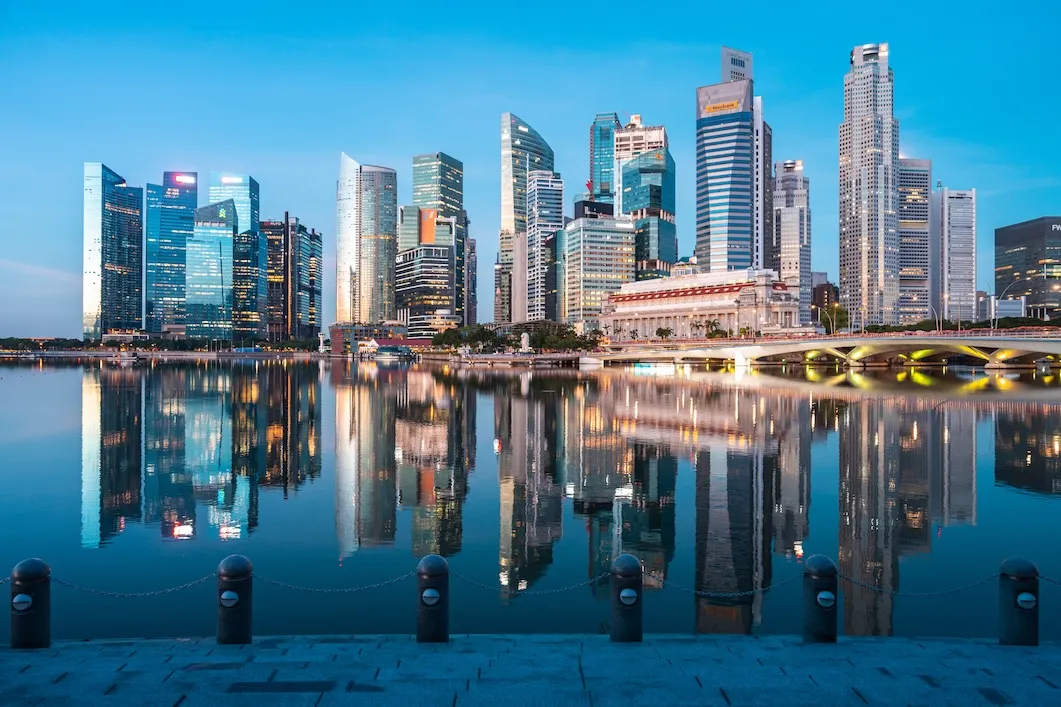Complete guide to Singapore REITs
Singapore's REIT market has been hit by higher interest rates, but that headwind seems to be dissipating. Estimated reading time: 33 minutes

Singapore's REIT market has been hit by higher interest rates, but that headwind seems to be dissipating. Estimated reading time: 33 minutes
